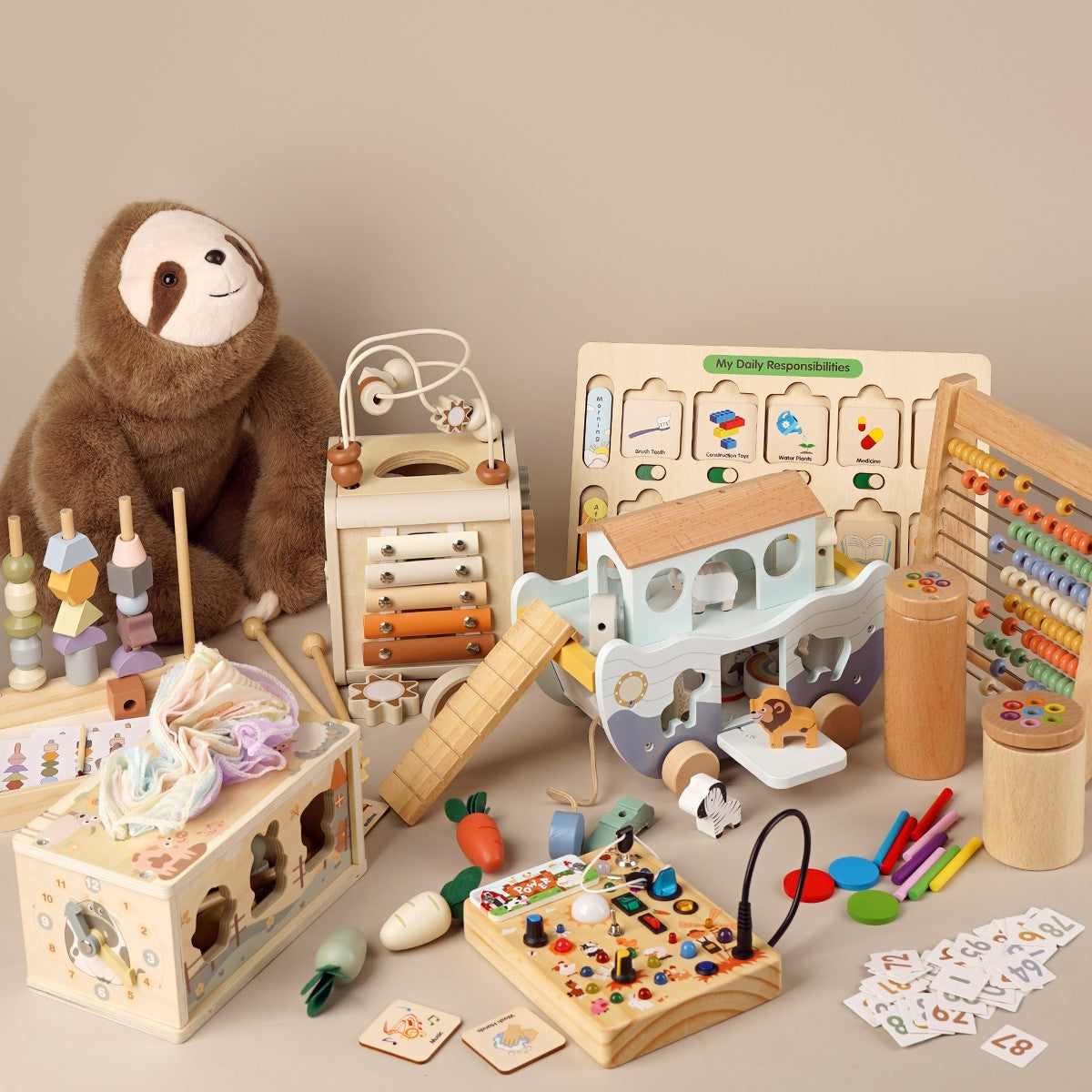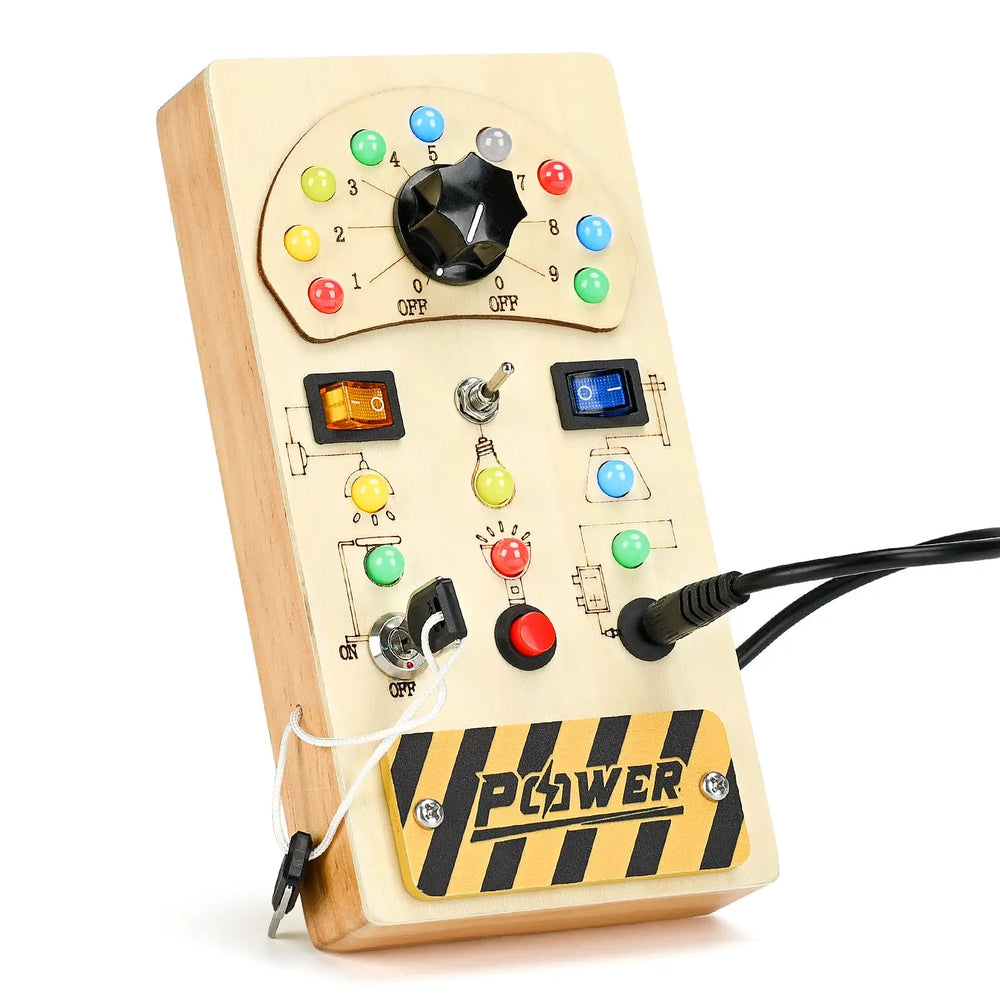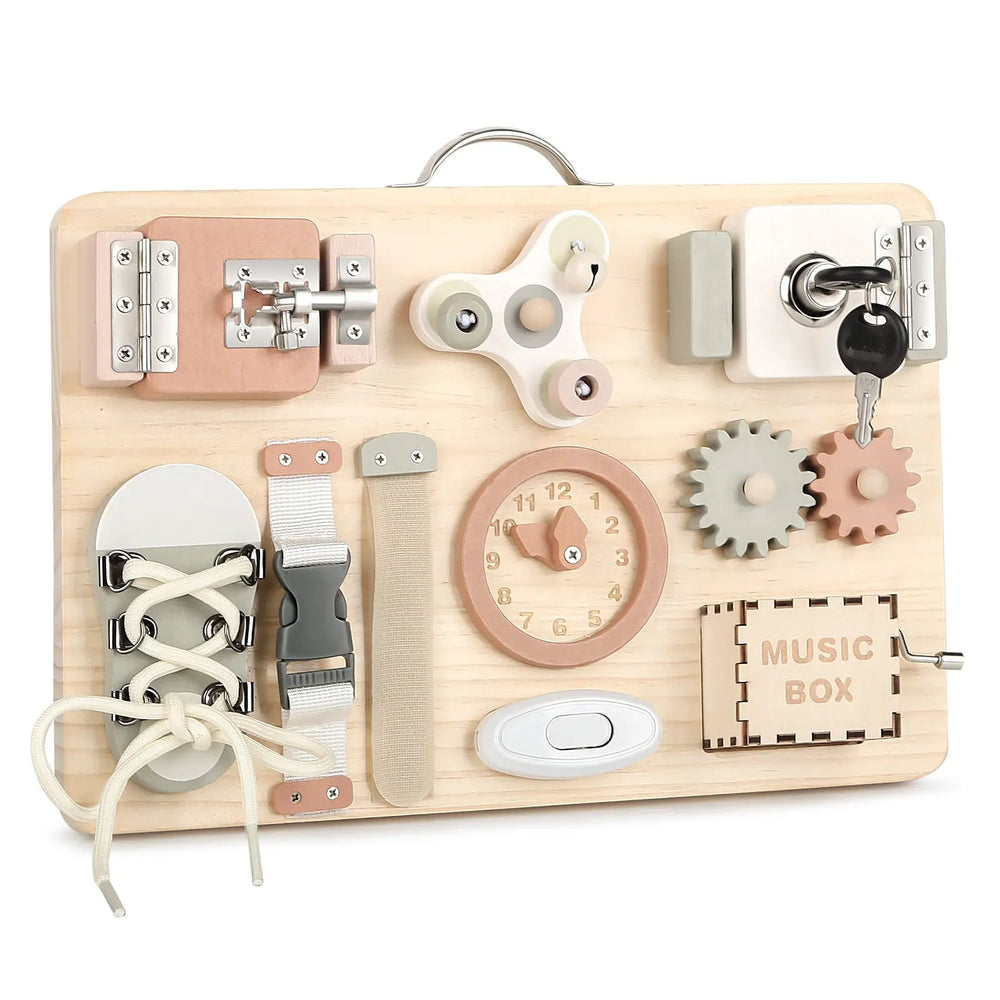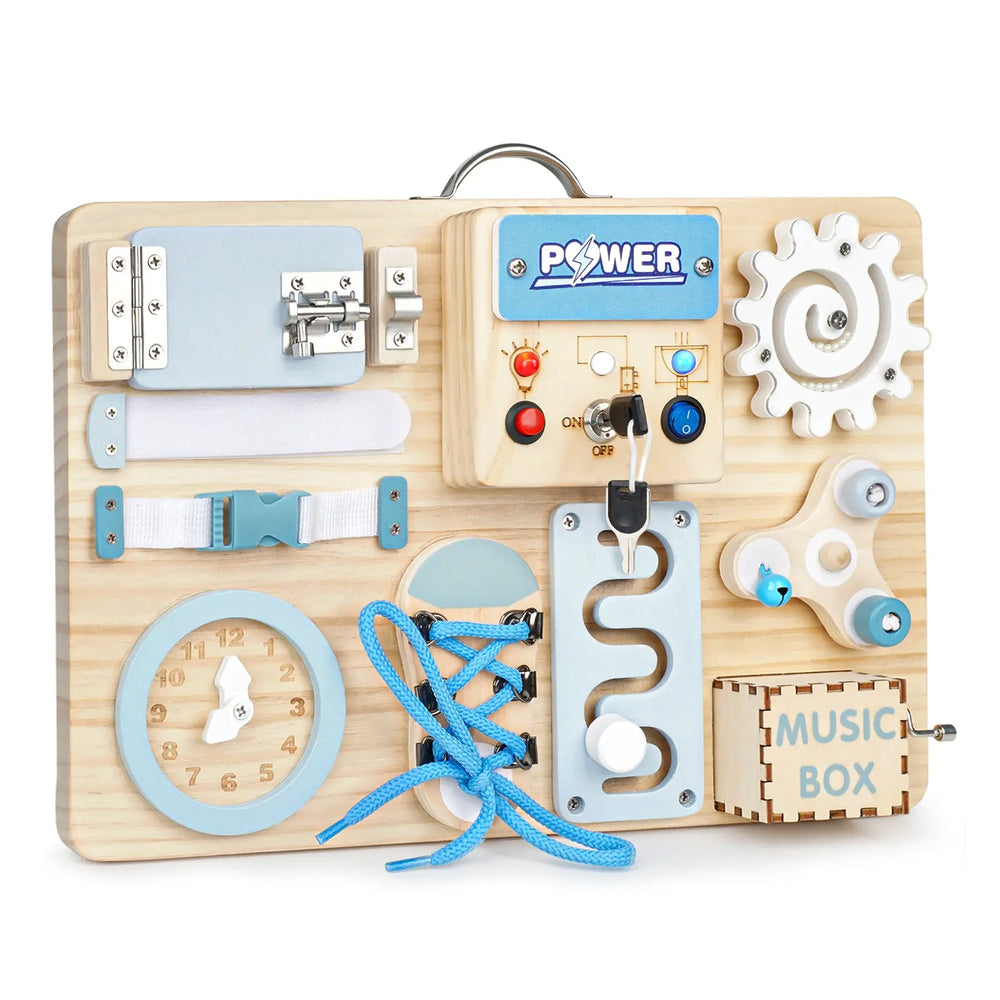Montessori Education: A Different Approach to Learning
 In the ever-evolving landscape of education, parents and educators often find themselves weighing the merits of various teaching philosophies. Among these, Montessori education stands out as a unique and compelling alternative to traditional schooling. But what exactly sets Montessori apart?
In the ever-evolving landscape of education, parents and educators often find themselves weighing the merits of various teaching philosophies. Among these, Montessori education stands out as a unique and compelling alternative to traditional schooling. But what exactly sets Montessori apart?
Montessori vs. Traditional Education: 7 Fundamental Differences Every Parent Should Know
1. Philosophy: Child-Led Learning vs. Teacher-Directed Instruction
At the heart of Montessori education is the belief that children are natural learners who thrive when given autonomy. Developed by Dr. Maria Montessori in the early 20th century, this method prioritizes self-directed exploration, allowing students to choose activities based on their interests and developmental readiness. In contrast, traditional education typically follows a fixed curriculum dictated by the teacher or school system, with uniform lessons for all students regardless of individual pacing.
2. Classroom Environment: Freedom Within Structure
Montessori classrooms are designed to foster independence and discovery:
- Mixed-age groups: Children aged 3–6, 6–9, or 9–12 learn together, promoting peer mentorship and collaboration.
- Prepared spaces: Classrooms are equipped with specialized materials (e.g., sensorial tools, math beads) that encourage hands-on learning. Kids freely move between “workstations” tailored to practical life skills, language, math, and cultural studies.
- Minimal desks: Unlike traditional rows of desks, Montessori rooms feature floor mats, low shelves, and communal tables.
Traditional classrooms, meanwhile, often emphasize uniformity: same-age peers, teacher-led lectures, and structured seating to maintain order.
3. The Role of the Teacher: Guide vs. Authority Figure
Montessori teachers act as observers and facilitators rather than central authorities. They prepare the environment, introduce materials, and support children’s choices without imposing rigid timelines. In traditional settings, teachers typically control the pace and content of lessons, prioritizing adherence to schedules and standardized goals.
4. Learning Approach: Process Over Outcomes
Montessori emphasizes experiential learning and intrinsic motivation. For example, instead of memorizing math facts from a textbook, students use tactile materials to grasp abstract concepts like multiplication. Mistakes are viewed as part of the discovery process, fostering resilience. Traditional education, however, often focuses on memorization and testing, with success measured by grades and external benchmarks.
5. Assessment: Qualitative Growth vs. Quantitative Metrics
Montessori schools rarely use tests or letter grades. Progress is tracked through observation, portfolios, and narrative reports that highlight a child’s social, emotional, and cognitive development. Traditional systems rely heavily on standardized exams, quizzes, and report cards to evaluate performance.
6. Social and Emotional Development
Montessori intentionally integrates life skills (e.g., cooking, conflict resolution) into daily routines, nurturing independence and emotional intelligence. Group activities encourage teamwork and respect for others’ work cycles. In traditional schools, social development often occurs incidentally, with greater emphasis on academic competition.
7. Outcomes: Creativity, Critical Thinking, and Beyond
Studies suggest Montessori students often excel in self-regulation, creativity, and problem-solving. They tend to view learning as a joyful, lifelong pursuit. Traditional education, while effective at imparting structured knowledge, may prioritize conformity and rote learning, which can stifle curiosity in some children.

Is Montessori Right for Your Child?
Montessori’s child-led, flexible approach benefits many families, particularly those valuing independence and experiential learning. However, it may not align with all preferences.
- Pros: Fosters self-direction, creativity, and problem-solving. Ideal for children who thrive in less structured environments.
- Cons: May challenge families seeking rigid schedules or children who prefer highly social, competitive settings. Critics also note potential adjustment hurdles when transitioning to traditional schools, though advocates argue Montessori graduates adapt well due to strong foundational skills in self-discipline and critical thinking.
Ultimately, the fit depends on your child’s temperament and your family’s priorities.
For families drawn to Montessori’s emphasis on independence and hands-on learning—but hesitant about full classroom immersion—integrating its principles at home offers a flexible middle ground. Whether supplementing a traditional school experience or testing the philosophy’s compatibility with your child’s needs, home-based Montessori practices can amplify core benefits like problem-solving and self-discipline. Research-backed Montessori teaching toys and routines also address common concerns: they build foundational skills gradually, easing potential transitions to structured environments while fostering the calm, focused mindset parents observe in Montessori-trained children.
Bring Montessori Principles Home
Montessori education extends beyond the classroom as a philosophy families can adopt at home to foster children’s innate curiosity and development. By incorporating montessori principles and montessori teaching toys into daily routines, parents nurture independence, creativity, and problem-solving abilities. Research, such as a 2021 study, emphasizes how Montessori teaching tools and toys enhance focus and skill development, with parents reporting calmer, self-reliant children who confidently tackle practical tasks like pouring water or sorting objects—hallmarks of Montessori-inspired play.
To optimize learning, pair montessori teaching toys with foundational strategies: prioritize natural materials like wood, metal, or cloth over plastic, as these align with Montessori’s emphasis on authentic sensory experiences. This approach seamlessly bridges home and educational values, empowering children to thrive through purposeful, self-directed exploration guided by thoughtfully designed montessori teaching toys.
Final Thoughts
Montessori education isn’t merely an alternative—it’s a paradigm shift that redefines the roles of teachers, students, and the learning environment. By honoring individuality and fostering intrinsic motivation, it cultivates capable, confident learners. Yet, the “best” approach ultimately depends on a child’s unique needs and a family’s educational values.
Maybe it will be helpful for you:
Recent Post

Top Joyreal AAC Devices 2025: Costs, Autism Communication Tips & Smart Buying Guide
Modern AAC Devices for Autism Choosing the right autism communicati...

Why the Joyreal Drum Set Is the Best First Music Toy
Choosing a toddler’s first music toy is a surprisingly big decision...

Top Sensory and AAC Communication Board Gifts for Little Communicators
Why AAC Communication Solutions Matter AAC (Augmentative and Alter...

Why Wooden Toys Make Better Christmas Gifts?
Every year, parents face the same holiday dilemma: Should we buy th...

What Finally Helped My Toddler Speak Up?
If you’re a toddler mom, you already know how much emotional weight...

Joyreal Christmas Toys Deals 2025
Enjoy instant savings across nearly every category, from early lear...

How Wooden Montessori Toys Support a Sustainable Childhood
Most parents don’t say it out loud, but many feel the same quiet fr...

Top Christmas Gifts to Help Kids Communicate Better This Holiday Season
The holiday season brings joy, family bonding, and endless opportun...

How to Make DIY Printable Communication Boards
Communication is at the heart of every child’s development — and fo...

Top 5 Christmas Gifts That Bring Families Closer (2025 Guide)
Christmas isn’t just about the gifts — it’s about the moments we c...










